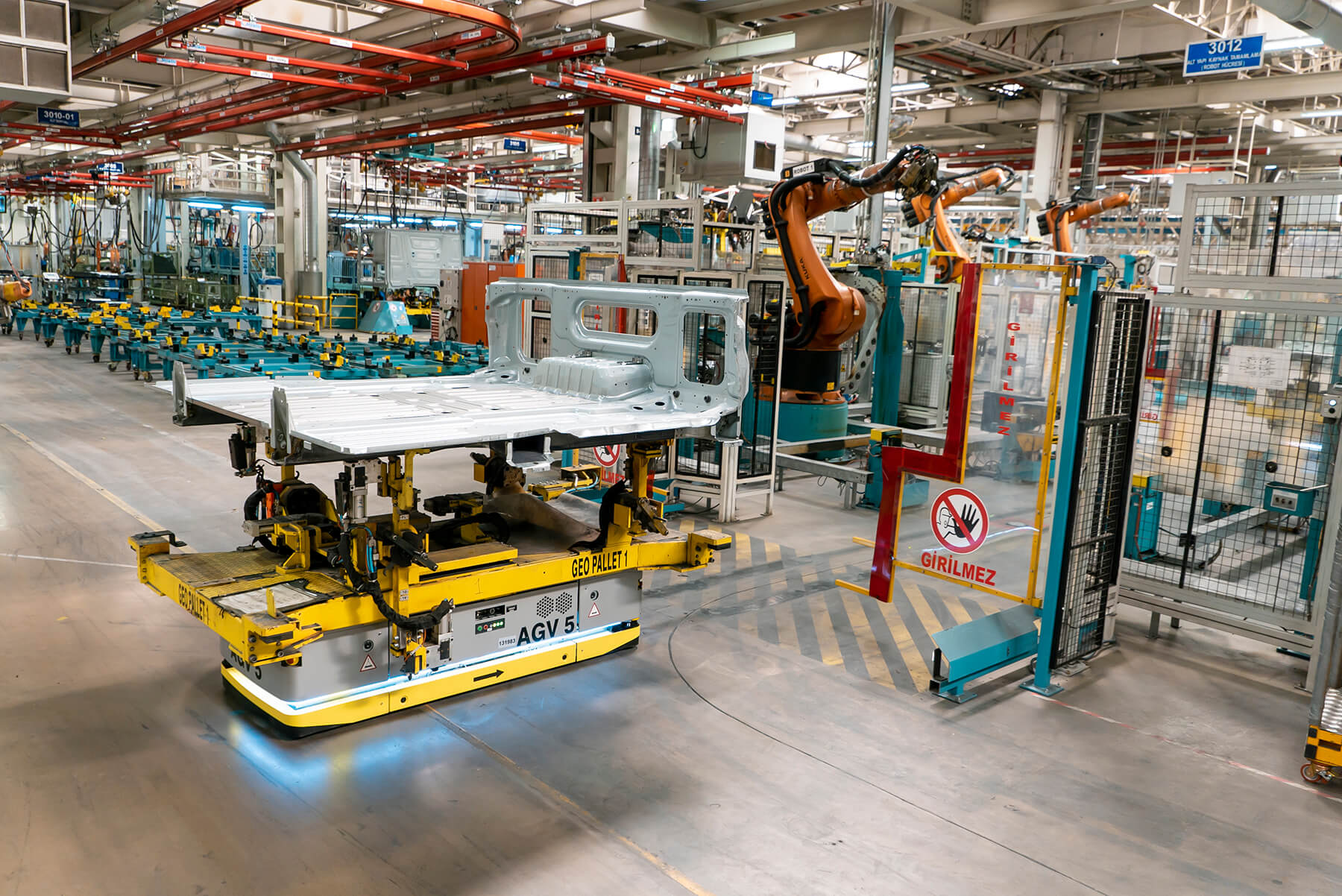Food, drink and pharma factory automation is gaining on cars
Foreword: KUKA UK
The business need for more automation is driving up robot sales, and in 2021 the
General Industry segment continued its strong rise, which has been ongoing since
2015. While component supply, not demand for robots, is the chief problem that we
face today, exchange rates and labour shortages translate into full order books, says
Jeff Nowill, Cluster CEO, incorporating both Robotics and Systems.

The years 2018, 2019, and 2021 were reasonably stable for robot sales overall, and 2021 recorded an increase. In 2020, however, during the height of the Covid* pandemic, robot sales really spiked. The jump was related to labour shortages and social distancing in factories.
We separate our market analysis into Automotive, Automotive Tier One and General Industry or GI, which captures all the remaining applications outside education. The biggest trend has been the inexorable rise in GI robots since 2015. The numbers we use* (see footnote) show 577 GI robot sales in the UK in 2015 and 1,273 in 2021 – a 220% increase in six years.
To illustrate the Covid effect, in 2020 over 700 robots were sold into the Automotive sector; in 2021 it was just 330, which highlights how much general industry increased to mask this reduction. Between 2018 and 2021 (which marked the start of economic recovery from the impact of Covid) – pure GI as a share of total sales increased by 40%. This highlights how the GI segment grew, both before, and throughout, the duration of Covid pandemic”.
Food & beverage (F&B) and pharmaceuticals dominate the GI sector. Pharma had a very good 2021, with an almost 80% year-on-year gain against 2020. F&B last year was the biggest rise that I can trace on record. Food & beverage in 2021 compared to 2017 was bigger by a factor of 2.5. It has been the poor cousin to Automotive and Tier One for years but various factors mean food companies have to automate more.
Supply chain issues bite
The cost of automation is falling. Brexit has had a bearing but it’s also about Euro/Sterling exchange rates, now back to about 1.20. In September 2020 sterling was only €1.07; a €40,000 robot is £4,000 cheaper to buy today, driving higher demand. As automation became cheaper this coincided with many casual manufacturing workers returning home, or not migrating to work in the UK as before, and labour challenges were accentuated by Covid. The UK is getting close to effective full employment.
Thus far, we have had to overcome Brexit, Covid and global supply-chain challenges, many of which, pre-date the ongoing conflict in Ukraine. In our machine building business, even for basic products – counter-balances, hydraulic and pneumatic components, raw materials – there are big delays. In Q4 2021, off-the-shelf PLCs that we’d normally receive in 4-6 weeks were out to 26 weeks delivery. That’s a big challenge. And we are not alone, many firms are affected by the semiconductor shortage. The global supply chain system that people took for granted, for more than two decades, had come to reveal its flaws, during the midst of the pandemic.
Many firms had shelved “sustainable manufacturing” while dealing with short-term crises, but now people are more carbon-conscious of anything they procure. In our Employee Voice initiative, quarterly all-employee meetings, what comes back time and time again is our demonstratable environmental credentials. It is pushed from within the business now, especially from our younger employees – about 15% are apprentices or staff under-25 years. There is a new groundswell of environmental conscience. A good customer case study here is the Nissan Qashqai tailgate project we installed for Magna in Sunderland – read more in my colleague Ian Walker’s piece on page 45. l
Footnote
*Data comes from sources included BARA (the British Automation and Robotics Association) and the VDMA trade body in Germany. This formula will not capture all robot sales in the UK.


